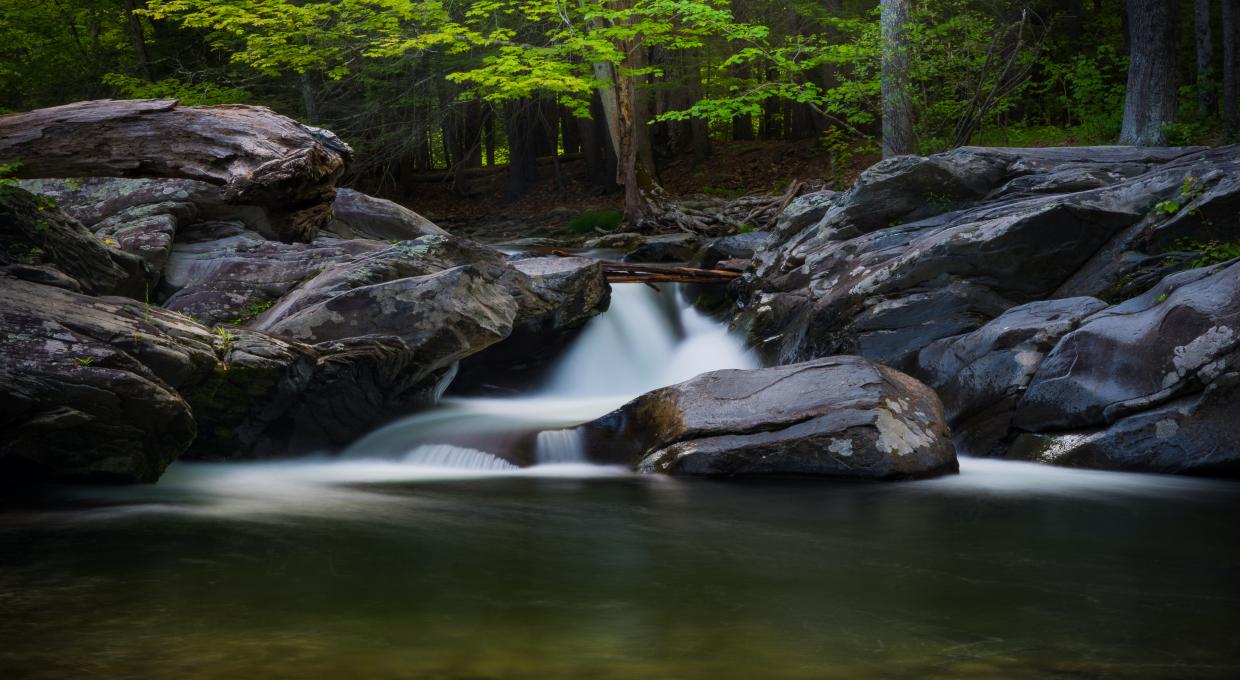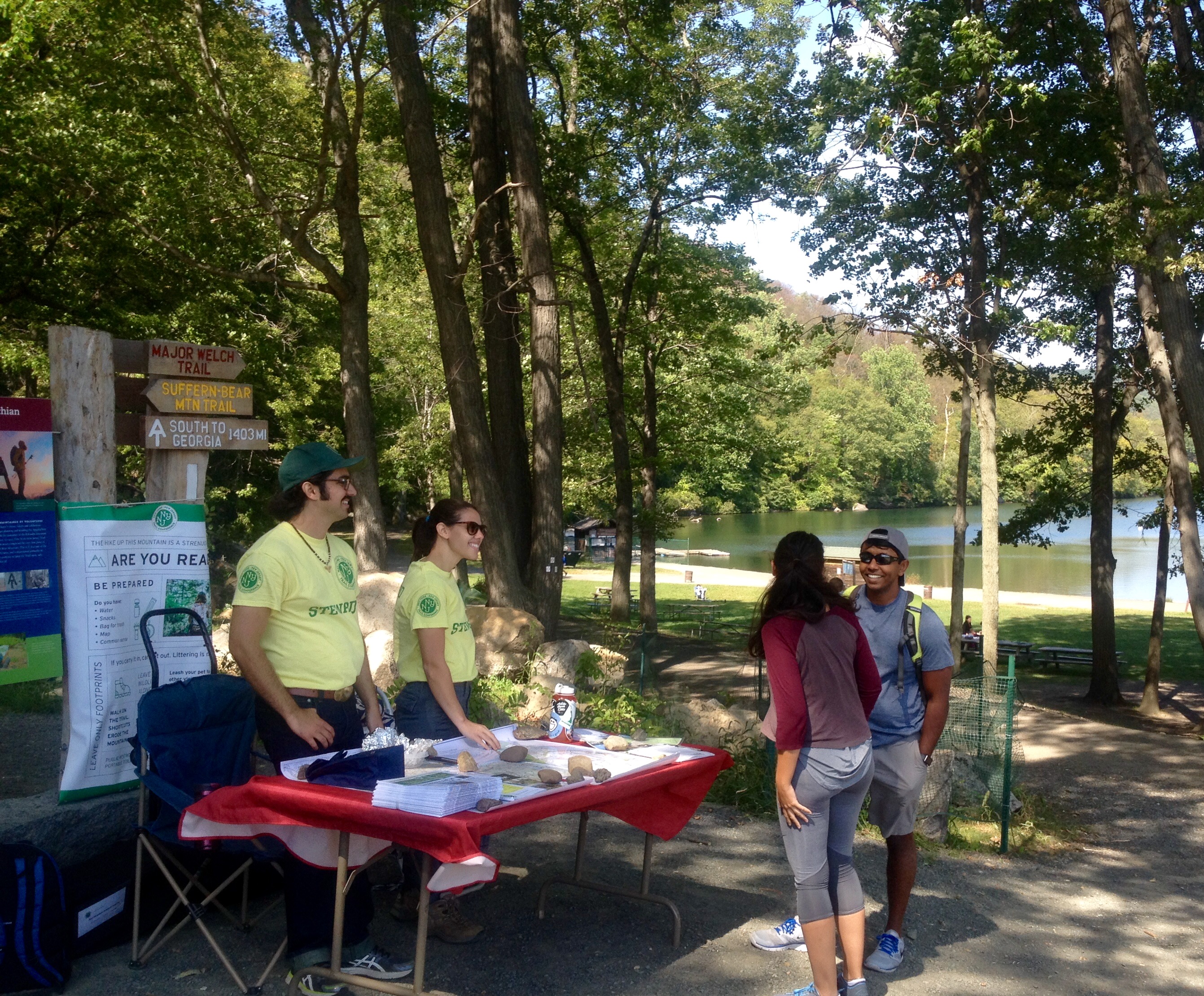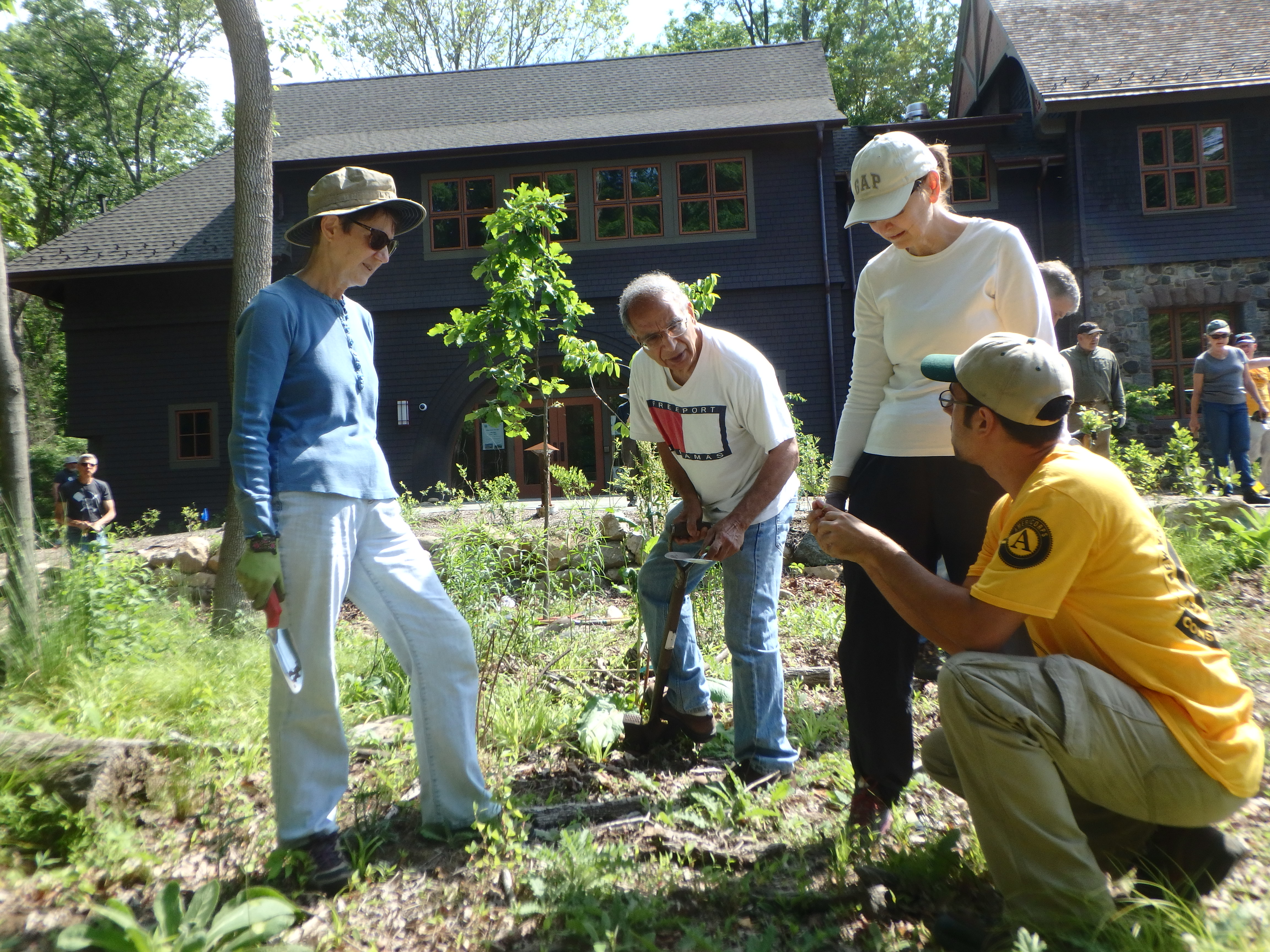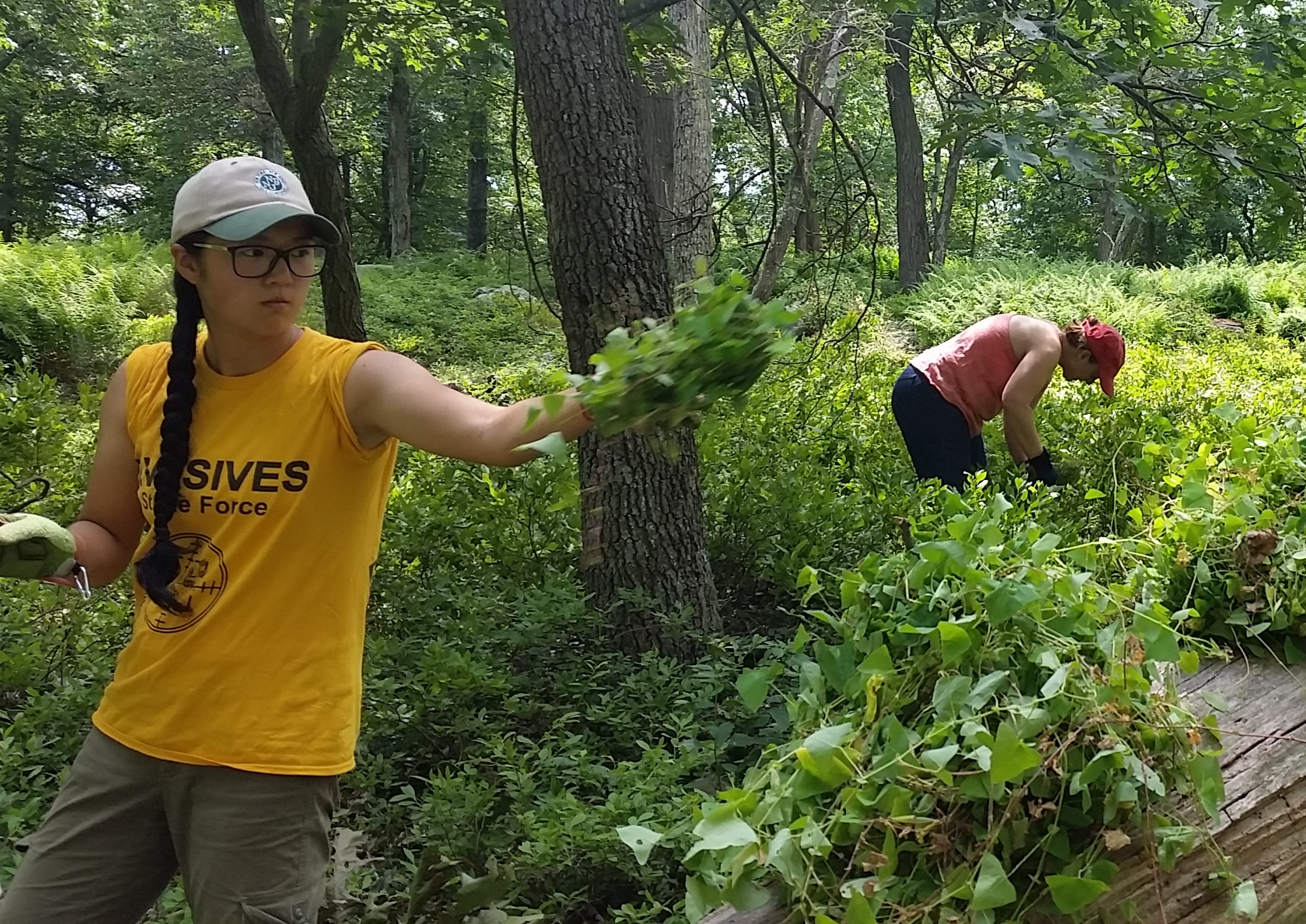
Why Stewardship?
Stewardship is the responsible use and active protection of our natural resources.
The fundamental issue we face is that we have a shrinking resource compared to the number of users. Protecting hiking areas, habitats, and ecosystems requires advocacy, conservation, and stewardship. Conservation through acquisition of lands can remove immediate acute pressures, but only through careful, prolonged stewardship can we hope to protect areas from the subtle but pervasive pressures of misuse, invasive species, climate change, and misguided wildlife management.
The Trail Conference plays an important role in generating the scientific information needed to best manage our remaining natural lands. Hikers, naturalists, and trail maintainers, by virtue of their on-the-ground presence, are in a position to not only help educate others about the responsible use our lands and provide real-time environmental monitoring to professional scientists and land managers but also to help actively protect our natural resources
Stewardship Programs
Trail and Summit Stewards
Trail and Summit Stewards Our Trail and Summit Stewards provide the public with educational information that will assist with the safe enjoyable use of hiking trails. They educate the public about regulations and best practices for enjoying public open space. They encourage the best behavior on the part of hikers and facilitate a positive trail experience (particularly for those who are poorly prepared), and they discourage and mitigate misuse of the trails and the surrounding lands by performing educational and public-relations functions.
Darlington Schoolhouse Native Habitat
The landscaping at the Trail Conference headquarters is designed to be both a learning environment to teach about native vegetation as well as a habitat for wildlife supporting the habitats offered by the parks which border our property. Volunteers are engaged to help plant and maintain the habitat.
Invasives Strike Force Program 
The Invasives Strike Force works to preserve biodiversity in our natural environments by monitoring the presence of invasive species in our public lands, especially along hiking trails, and planning and implementing programs to control the spread of invasive species into our natural areas. The program includes volunteers who survey for invasive plants along hiking trails, volunteers who help remove invasive plants during weekend volunteer work days, and a seasonal Invasives Strike Force Conservation Corps crew that works all season to survey and remove invasive species.
Get Involved
